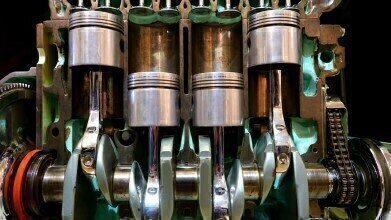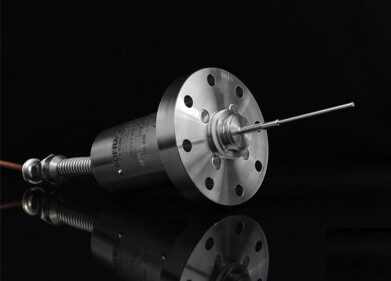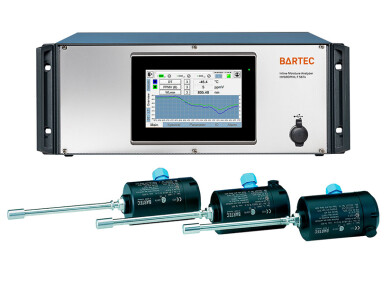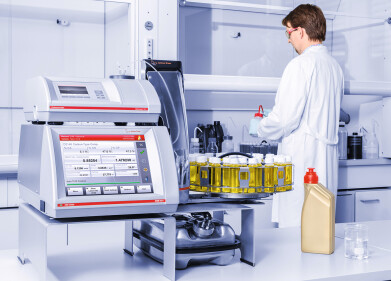Measurement and Testing
What Instruments Are Used in Condition Monitoring?
Dec 18 2021
Condition monitoring (CM) describes the process of measuring parameters to detect mechanical irregularities that could indicate failure. Ideally, discrepancies are identified before a breakdown occurs, preventing the need for reactive maintenance, minimising unplanned downtime and extending the lifespan of equipment. Condition monitoring is also an effective way to reduce energy consumption, with well-oiled machines performing much better than their misaligned counterparts.
To harness the benefits of condition monitoring it’s essential to invest in the right equipment. Below, we take a look at some of the most widely used CM instruments.
Accelerometers for vibration analysis
Vibration analysis is one of the most useful parameters used in condition monitoring. Small vibrational variances can be used to detect misalignments, unexpected wear, imbalances and other irregularities. Accelerometers are used to measure vibrations and identify mechanical problems before they escalate.
Velocity sensors for vibration analysis
Velocity sensors are another useful instrument for measuring vibrations. They operate at low to medium frequency and are often used to detect irregularities in rotating machinery. Unlike accelerometers, velocity sensors are less sensitive to high frequency vibrations and less likely to be affected by amplifier overloads.
Infrared cameras for temperature
With the ability to process and analyse multiple frames per second, infrared cameras are one of the most useful CM instruments available to operators. Cameras are used to detect both hotspots and cool areas, with algorithms used to process data and identify issues such as excessive wear on moving parts, overheating, fluid leaks and electrical surges.
Ultrasonic sensors
Ultrasonic sensors are used to measure high-frequency ‘noise’ generate by machines and detect irregularities. Algorithms are used to compare data with baseline measurements and detect a variety of electrical issues, including arcing and tracking. Ultrasonic sensors are also useful for detecting early signs of wear on bearings and other mechanical components.
Oil quality sensors
The condition of oil and other lubricants can offer valuable insight into the state of a machine and its components. Oil quality sensors are used to detect debris that could indicate corrosion in gears and bearings.
Condition monitoring isn’t the only technique used to extend the longevity of mechanical equipment, with solutions like the Ralston Quick-test™ connection system eliminating the need for wrenches and thread sealant. The innovative product allows operators to fast-track pressure testing and maintenance tasks, without compromising calibration or risking damage to equipment. Find out more in ‘Save Time & Protect Your Equipment with the Ralston Quick-test™ Connection System.
For more information on condition monitoring in general, including an overview of different CM techniques and the benefits associated with predictive maintenance, don't miss 'Condition Monitoring: Everything You Need to Know'.
Digital Edition
PIN 25.1 Feb/March
March 2024
In This Edition Safety - The technology behind the ION Science Tiger XT - Safety with ammonia and LOHCs as hydrogen carriers Analytical Instrumentation - Discussion on new tribology te...
View all digital editions
Events
Apr 28 2024 Montreal, Quebec, Canada
Apr 30 2024 Birmingham, UK
May 03 2024 Seoul, South Korea
May 05 2024 Seville, Spain
May 06 2024 Riyadh, Saudi Arabia


















